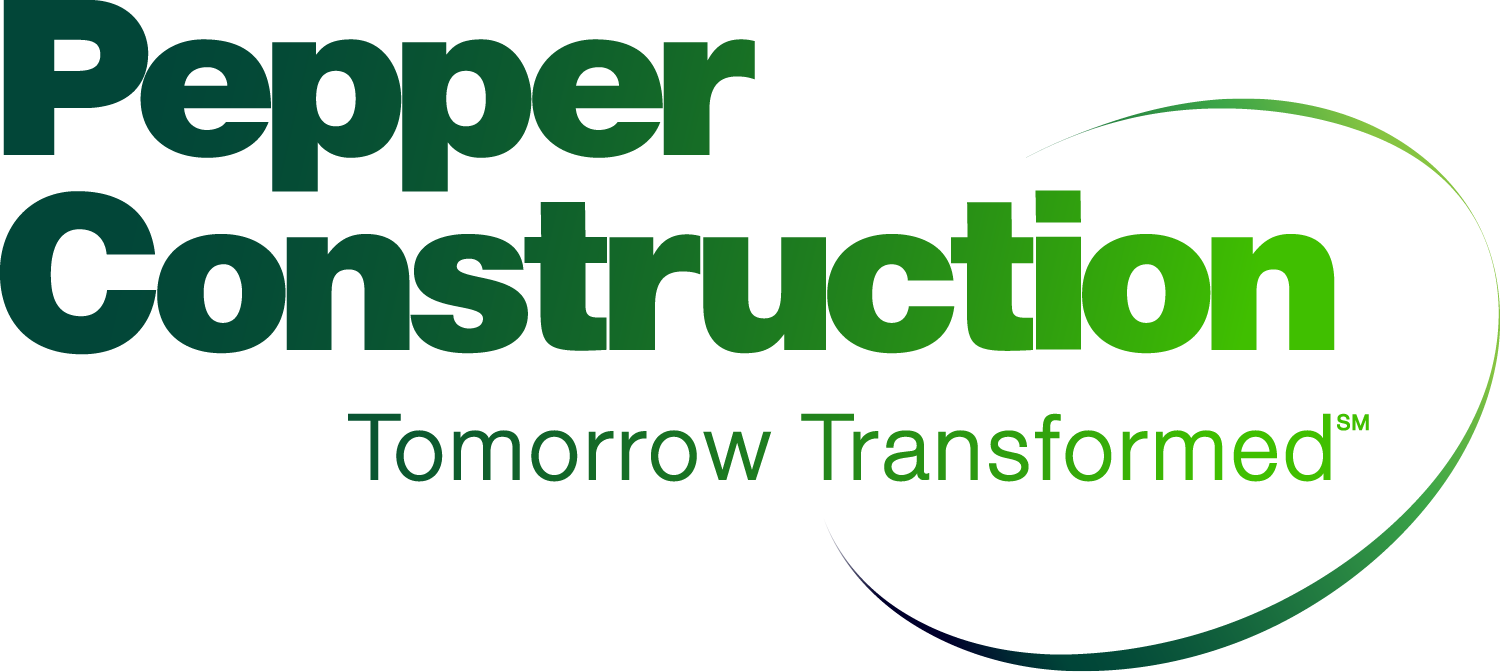Susan Heinking Pepper’s Senior Vice President of High Performance and Sustainable Construction, adds AIA Fellow to her LEED Fellow status
In the design and construction industry, there are many opportunities for people to advance in their careers as they pass typical milestones and achieve expected – and unexpected – results. While advancement is not unusual, “elevation” is. For Susan Heinking, being elevated to the American Institute of Architects’ (AIA) College of Fellows is a tipping point that will provide opportunities to take her career and contributions to new levels, both personally and professionally.
Fellowship - AIA's highest membership honor
AIA Fellows are recognized for their exceptional work and contributions to architecture and society. Founded in 1952, the AIA College of Fellows seeks to stimulate a sharing of interests among Fellows, promote the purposes of AIA, advance the profession of architecture, mentor young architects and be of ever-increasing service to society. Less than 3% of AIA members hold the prestigious FAIA designation.
Being an architect who crossed over to the construction side of the industry has already made Susan somewhat unique. Now, becoming a “double fellow” has allowed her to stand out even more. She summarized her individuality in a statement that served as the cohesive theme for her FAIA submission package and was read as she came forward to receive her medal: “As both an architect and contractor, I leverage my dual roles to overcome challenges and forge new pathways and partnerships, creating sustainable architecture that enriches lives, benefits the planet and shapes vibrant futures.”

Celebrating the moment and what’s to come
After being selected as a Fellow in the AIA’s “Class of 2025,” Susan’s Fellowship journey officially began in June with an opportunity to interact with other members of the class from across the country, AIA’s national leadership and previously elevated Fellows through an event and celebration that reflected the prestige and significance of this achievement.
The elevation ceremony was held in Boston’s Trinity Church, which opened in 1877 and is recognized by the AIA as an architecturally and historically significant site. “As I gathered with my 82 peers who had been selected from 205 pre-screened candidates, all of us sitting in our black graduation gowns surrounded by our invited guests, current and past AIA Presidents and previously elevated Fellows, I couldn’t help but feel nervous, excited and happy to be present. It was truly a surreal moment.”
That feeling continued for Susan as each new Fellow was escorted to the stage in alphabetical order, had their medal placed around their neck, received a commemorative book and returned to their seat. “These aren’t medals that sit in a drawer or hang on the wall. We are encouraged to wear them to all AIA events as a reminder of the significance of fellowship and a call to keep pushing boundaries. We have a unique and ongoing opportunity to contribute to society. The impact we make will have a ripple effect to touch and hopefully improve the lives of many people – some of whom we’ll never meet.”
Following the ceremony, Susan reunited with her husband and children who had been watching proudly from the audience. “While it meant a lot to have my family there with me, this was also and important opportunity for my children to see that adults can continue to learn, grow and achieve throughout their careers.”
Talking with her peers at the “after-party” gala, one thing that they all seemed to have in common was how challenging the strict submission process had been for them, yet it also provided an excellent opportunity to reflect on their years in the industry. While Susan was fortunate to be selected on her first try, as were about two-thirds of her class, others had to submit multiple times and some are never selected. “It felt like we all could finally exhale,” Susan said. “I was also impressed by the diversity of the group that AIA selected this year, as well as the number of us who were focused on high performance and sustainability as the driving force of our work. I can only imagine what we will be able to accomplish together.”

With Fellowship, a new chapter begins
Another thing that Susan and her peers have in common is an understanding that Fellowship isn’t an end goal – it’s a calling to consider what more can be done with this new platform and level of influence within the industry.
Susan’s accomplishments so far have been impressive, including the following:
- Certified 250 LEED projects covering 85 million square feet, representing $5.5 billion in green building projects
- Designed and built the first net-zero energy construction trailer supporting projects throughout the Midwest
- Avoided over 40 million tons of carbon emissions through her green building portfolio
- Developed the first energy modeling software that is directly tied to a contractors estimating database delivering results in seconds
So, what is Susan planning to bring next to the intersection of architecture and construction and the overlap of her AIA and LEED Fellowships? “My personal ‘mission statement’ for my work has always been to create healthier buildings for a healthier planet and more resilient communities – and I’m not done yet. In fact, I’m not sure that the work that I and many others are doing will ever truly be done. Wherever we take it and it takes us, I do intend to be part of the next chapter and help lead the way to a tipping point in making all buildings sustainable and healthier for both people and our planet. Achieving FAIA status is another significant step on the journey.”

